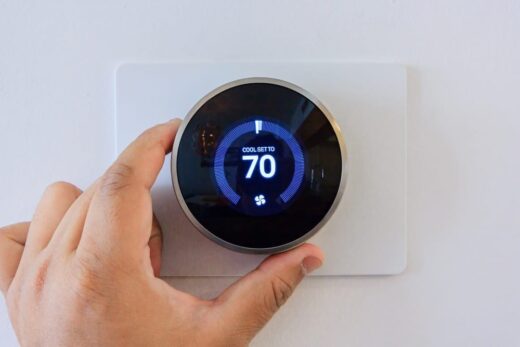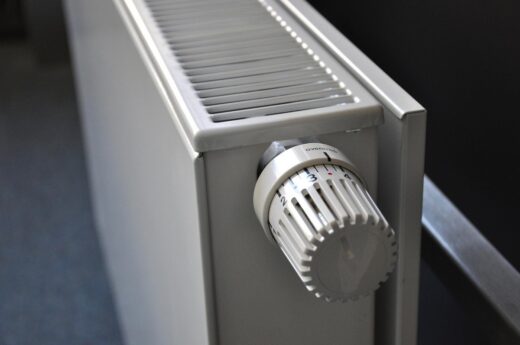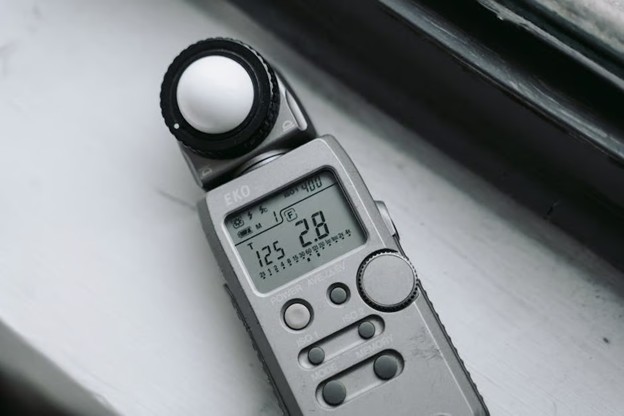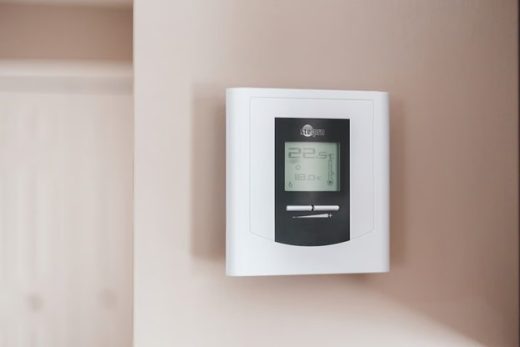How to keep home temperature perfect tips, Home heating costs reduction advice, Warm property guide
How to Keep Your Home at the Perfect Temperature Year-Round
2 May 2024
Having your home at a comfortable temperature can significantly impact your overall well-being. From providing a cozy, inviting space to relaxing in the summer’s heat, our abode’s thermal conditions play a pivotal role. But achieving that perfect balance is an art and science in itself, one that considers seasonal variations, the design of your living space, and your budget. This comprehensive guide will equip you with practical knowledge to ensure your home remains at the ideal temperature, regardless of what Mother Nature throws your way.
Understanding Your Home’s Thermal Dynamics
Heat Transfer Basics
Before you can regulate your home’s temperature, it’s crucial to understand the basic principles of heat transfer. Conduction, the movement of heat through materials, plays a role in how quickly your home warms up on a sunny day. Convection, the transfer of heat to gas or liquids, is why hot air rises and cold air sinks. Radiant heat transfer, which you feel when standing near a warm object, is essential to consider when spaces are heated.
Building Envelope
Your home’s building envelope, including walls, roofs, and windows, acts as a barrier between interior and exterior temperatures. An airtight and well-insulated envelope helps maintain thermal comfort. Understanding how heat moves through these elements will guide you in making effective changes to your home.
Tips for Keeping Your Home Cool in the Summer
Leveraging Natural Cooling Methods
In hot weather, simple strategies can be tremendously effective. Closing blinds during the day, using heat-reflective window film, and choosing light-colored roofing materials can reduce solar heat gain. Natural ventilation techniques, such as cross-ventilation and whole-house fans, can also keep indoor temperatures comfortable without the need for air conditioning.
Air-Conditioning Efficiency
When temperatures soar, an efficient air-conditioning system is your best ally. Regular maintenance, including cleaning or replacing filters, will ensure your A/C runs at its peak efficiency. Programmable thermostats can also help you manage energy use, ensuring your home is cool when needed and off when it’s not. Plus, having the thermostat in recovery mode can bring your space to the desired temperature when you return home after a long day. Not only does this keep you comfortable, but it also reduces energy costs.
Reducing Internal Heat
Appliances, lighting, and human activity generate heat inside your home. Switching to energy-efficient appliances, using LED lighting, and minimizing usage during peak temperatures will not only keep interior heat levels down but also lower electricity bills—a win-win strategy.
Strategies to Keep Your Home Warm in the Winter
The Sun’s Free Warmth
In cooler months, the sun is a natural ally in warming your home. Opening curtains on south-facing windows during the day allows sunlight to enter and warm interior spaces. Once the sun sets, closing those curtains helps keep the heat inside.
Sealing the Envelope
Drafty homes are often inefficient when it comes to retaining heat. Inspecting and sealing gaps in and around your home’s envelope, such as those near windows and doors, will prevent warm air from escaping and cool drafts from intruding.
Efficiency in Heating Systems
If your home’s heating system is old or inefficient, it may be time for an upgrade. Modern, high-efficiency furnaces, heat pumps, and boilers can provide the same level of comfort using less energy. Consider the long-term savings and improved home value when making this investment.
The Role of Smart Home Technology in Temperature Control
Smart Thermostats and Zoning
Smart thermostats learn your preferences and adjust your home’s temperature accordingly. This not only provides convenience but can also save on energy costs. Zoning systems allow for even more control, balancing temperatures in different areas of your home independently.
Remote Monitoring and Control
With smart home technology, you can monitor and control your home’s temperature remotely, ensuring you come back to a comfortable home, even if you’ve been away for an extended period. This feature is particularly useful for those who travel frequently or have variable schedules.
Integration with Other Devices
Smart home temperature control can be integrated with other devices and systems, such as lighting and security, to enhance your home’s comfort and energy efficiency even further. Imagine arriving home to a well-lit, warm environment, every time.
Long-Term Solutions for Energy Efficiency and Comfort
Energy Audits
Professional energy audits can identify areas of your home where energy is being wasted. They can offer recommendations for improvements that will enhance your home’s comfort and reduce energy bills, such as adding insulation, sealing ducts, or upgrading windows.
Renewable Energy Sources
Solar panels and geothermal heating and cooling systems are sustainable, long-term solutions for maintaining a comfortable home temperature. Although the initial investment can be high, these systems can significantly reduce your carbon footprint and save on energy costs over time.
Green Building Design
If you’re building a new home or undertaking major renovations, green building design can optimize your home’s thermal comfort. Strategies such as passive solar design, high-efficiency insulation, and selecting energy-efficient windows can create a space that requires minimal heating and cooling.
Ensuring your home remains at the perfect temperature year-round is a multifaceted task that involves understanding ambient conditions, the structure of your home, and your family’s comfort needs. By implementing the strategies outlined in this guide, you’ll be well on your way to creating a comfortable, energy-efficient living space that can weather any season’s extremes. Keep in mind that adjustments may need to be made as you fine-tune your approach, but the goal remains the same, a sanctuary at the temperature you desire, no matter what nature has in store.
Comments on this guide to How to keep home temperature perfect article are welcome.
Heating
Heating Posts
How To Fix A Cold Designer Radiator

How to make your home feel cozy

Building Articles
Residential Architecture
Comments / photos for the How to keep home temperature perfect advice page welcome






